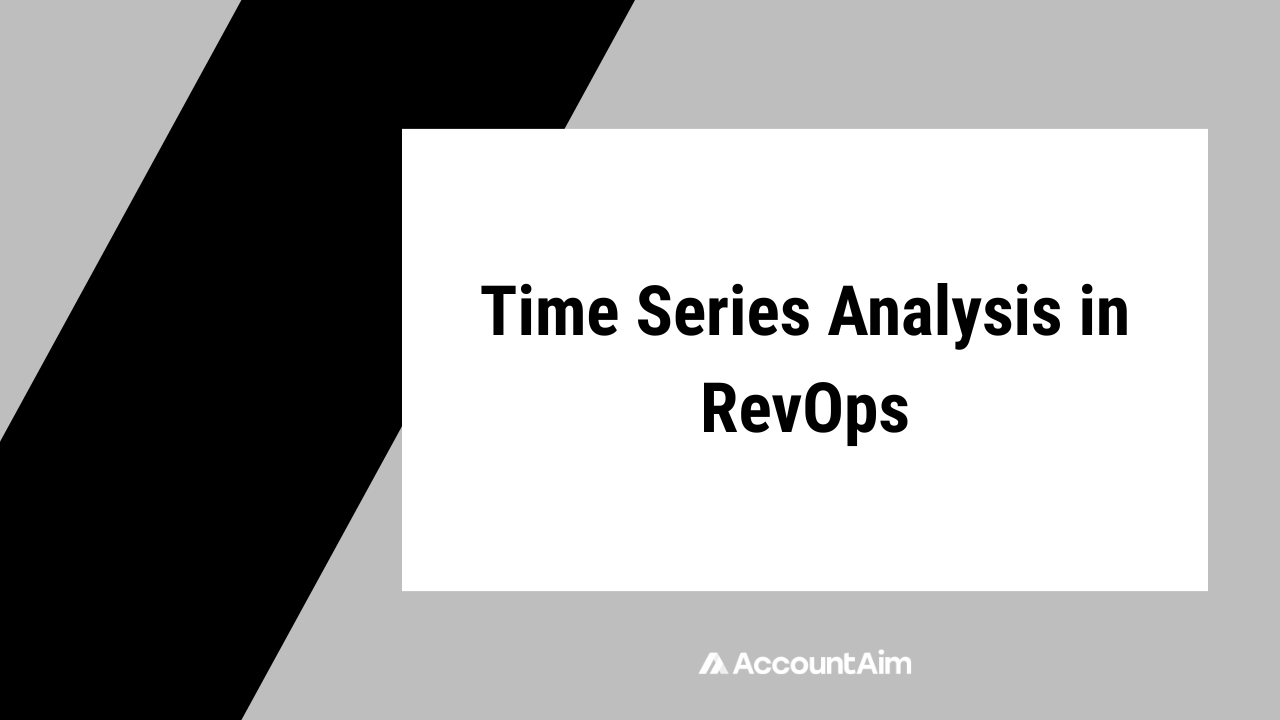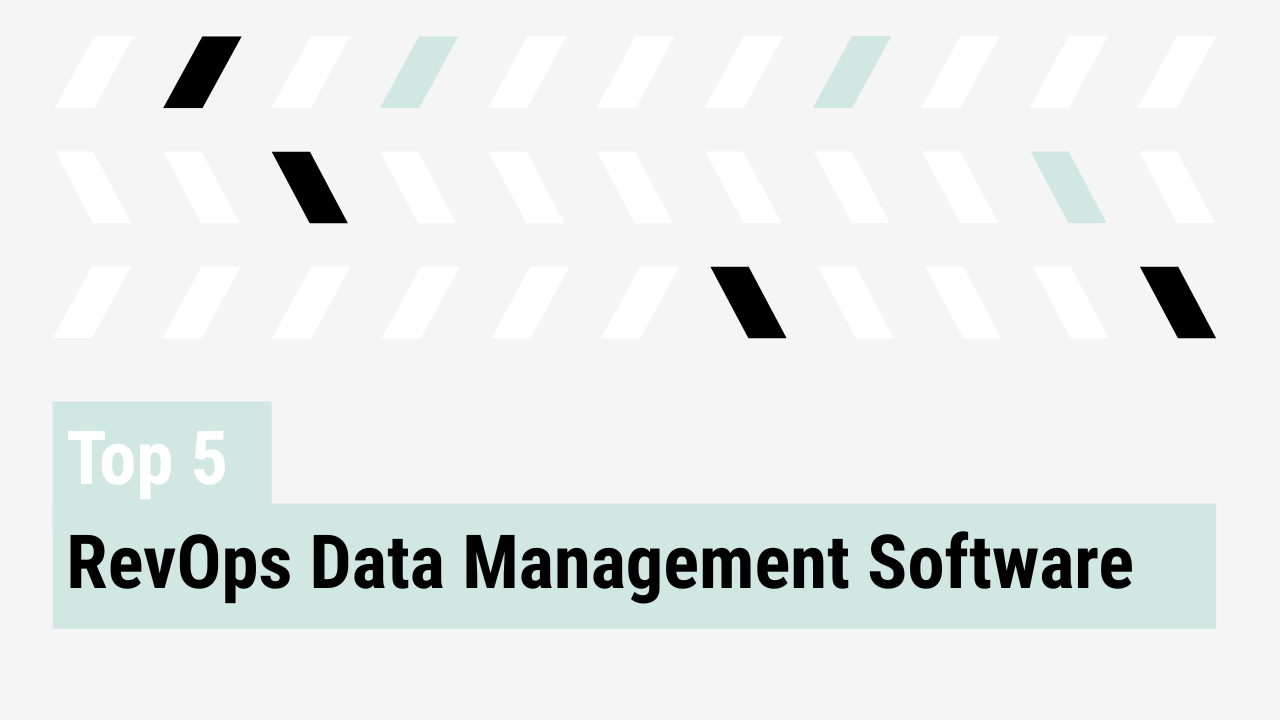Most RevOps leaders rely on dashboards and static reports to guide strategy. Static reporting only shows a single moment in time. IT does not reveal how trends are evolving, whether velocity is improving, or how cohorts are behaving over time. Time series analysis in RevOps fills that gap.
By applying time series methods to pipeline, velocity, and cohorts, RevOps teams can move from reactive reporting to proactive strategy. This provides foresight that helps operators explain the past and guide the business into the future.
What is time series analysis in RevOps?
Time series analysis is the study of data points collected in order over time. Instead of treating pipeline numbers as static, it examines how those numbers change and interact across weeks, months, or quarters.
For RevOps, this matters because sales and marketing data is inherently time-bound:
- Pipeline coverage fluctuates with seasonality
- Cohorts of deals progress at different speeds
- Win rates shift after product launches or pricing changes
Static snapshots miss these dynamics. Time series methods expose the underlying patterns and help teams anticipate what is coming next.
Technical foundations you can apply
RevOps teams do not need advanced statistics backgrounds to get started, but understanding the building blocks helps. Here are the most relevant approaches:
| Method | What it does | RevOps application |
|---|---|---|
| Trend, seasonality, residual decomposition | Splits a series into long-term growth, repeating cycles, and noise | Spot quarter-end pushes or seasonal pipeline drops |
| ARIMA / SARIMA | Uses past values and residuals to forecast forward, accounting for seasonality | Forecast pipeline inflows or win rates |
| Exponential smoothing (Holt-Winters) | Weights recent data more heavily for responsive forecasts | Model stage conversion rates that shift quickly |
| Cohort modeling | Tracks groups created at the same time to model progression | See how January opportunities behave differently from March |
| State-space models | Handle missing or noisy data with hidden states | Smooth incomplete CRM updates |
| Machine learning (LSTM, TCN) | Capture complex, nonlinear relationships across series | Model usage-based revenue expansion across regions |
The key is to balance sophistication with practicality. For example, a simple Holt-Winters model, which is designed to capture trend and seasonality with relatively few parameters, may outperform a deep learning network when your dataset is small, noisy, or updated infrequently. In contrast, deep learning methods such as LSTMs or TCNs tend to require larger volumes of clean, consistent data to learn complex nonlinear patterns effectively, which is not always realistic in RevOps environments.
Key RevOps applications of time series analysis
Cohort analysis
Cohort modeling tracks opportunities or customers created at the same time and follows their journey. By plotting conversion and leakage over months, RevOps leaders can forecast how current cohorts will perform and compare them with historical baselines.
Pipeline velocity
Velocity is classically defined as:
Velocity = (Opportunities × Deal Size × Win Rate) / Sales Cycle Length
Time series methods extend this by modeling stage transition rates and dwell times as sequences. This highlights bottlenecks, predicts stage-to-stage movement, and forecasts how velocity is trending.
Pipeline coverage trends
Coverage ratios expand and contract depending on inflows, conversion, and seasonality. By treating coverage as a time series, you can project future ratios, detect risks early, and set more reliable targets.
Revenue forecasting
Classic RevOps forecasts often rely on rep judgment or static CRM snapshots. Time series methods such as rolling forecasts, ensemble models, and anomaly detection bring rigor. They allow scenario testing, account for seasonality, and enable continuous recalibration.
Turning insights into executive action
Executives want answers to strategic questions such as:
- Are new cohorts underperforming compared to last year’s?
- Will current coverage sustain the next two quarters?
- How is velocity trending, and what levers can we pull to improve it?
- What is the probability of hitting forecast under different scenarios?
By grounding these insights in time-based evidence, operators can build credibility with the leadership team. The key is to translate the math into clear narratives and action plans.
The importance of time series analysis
Time series analysis in RevOps provides operators with foresight, connects analytics to strategy, and positions RevOps as a driver of predictable growth. Start small by analyzing coverage over time or tracking velocity trends by cohort. Over time, layer in more advanced models.
The result is not only more reliable forecasts, but also stronger alignment with the C-suite on how to steer the business.



